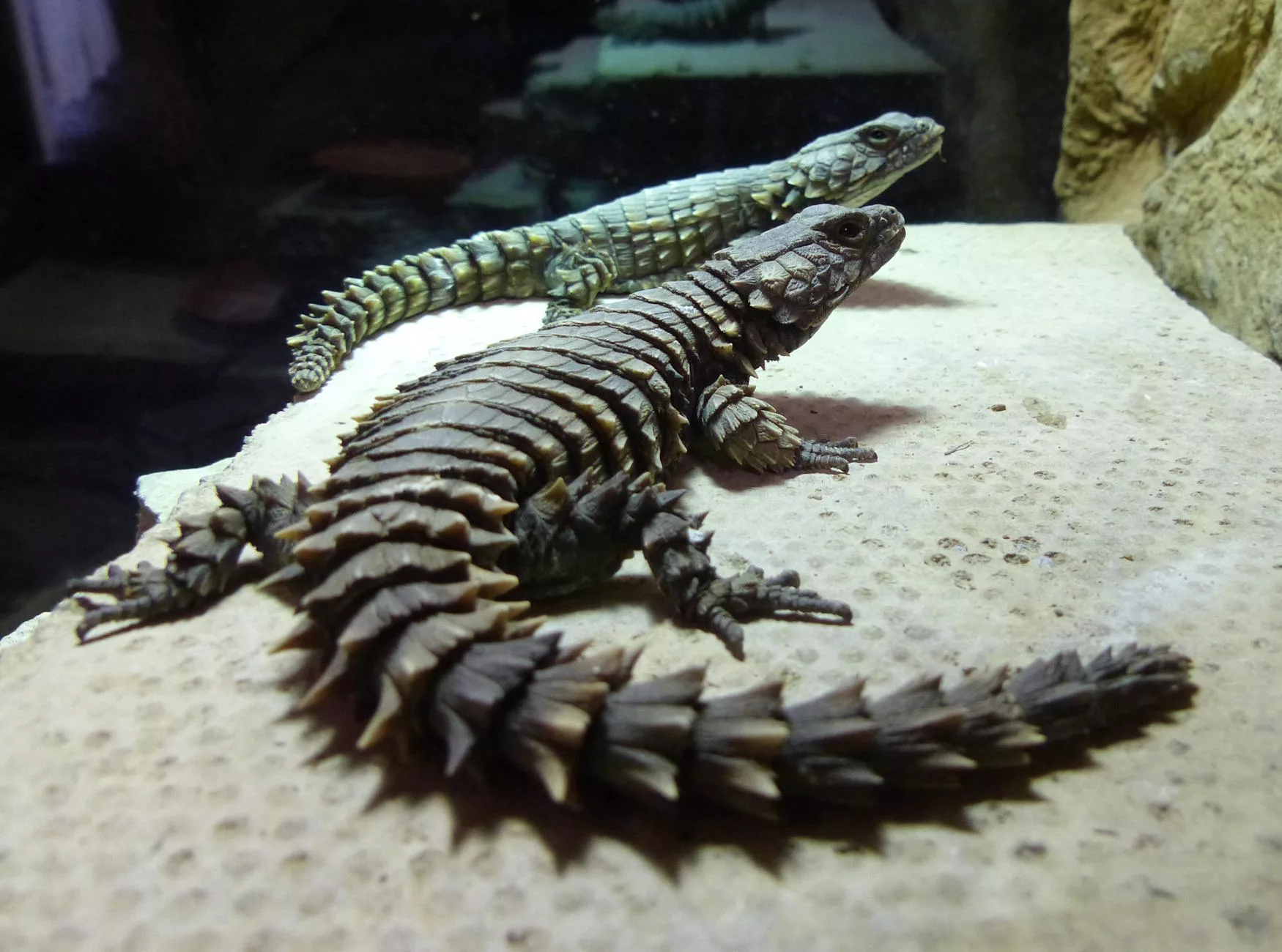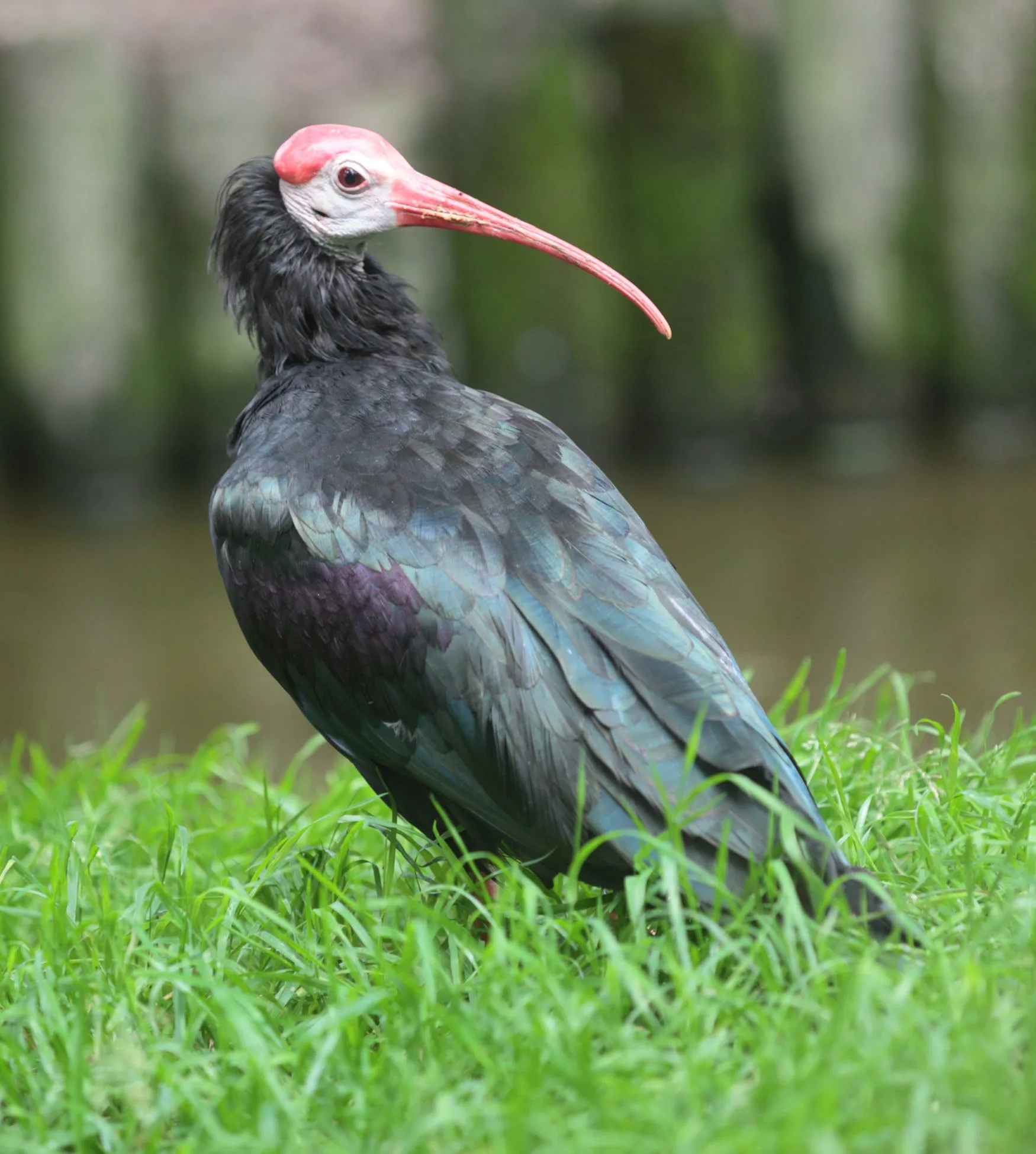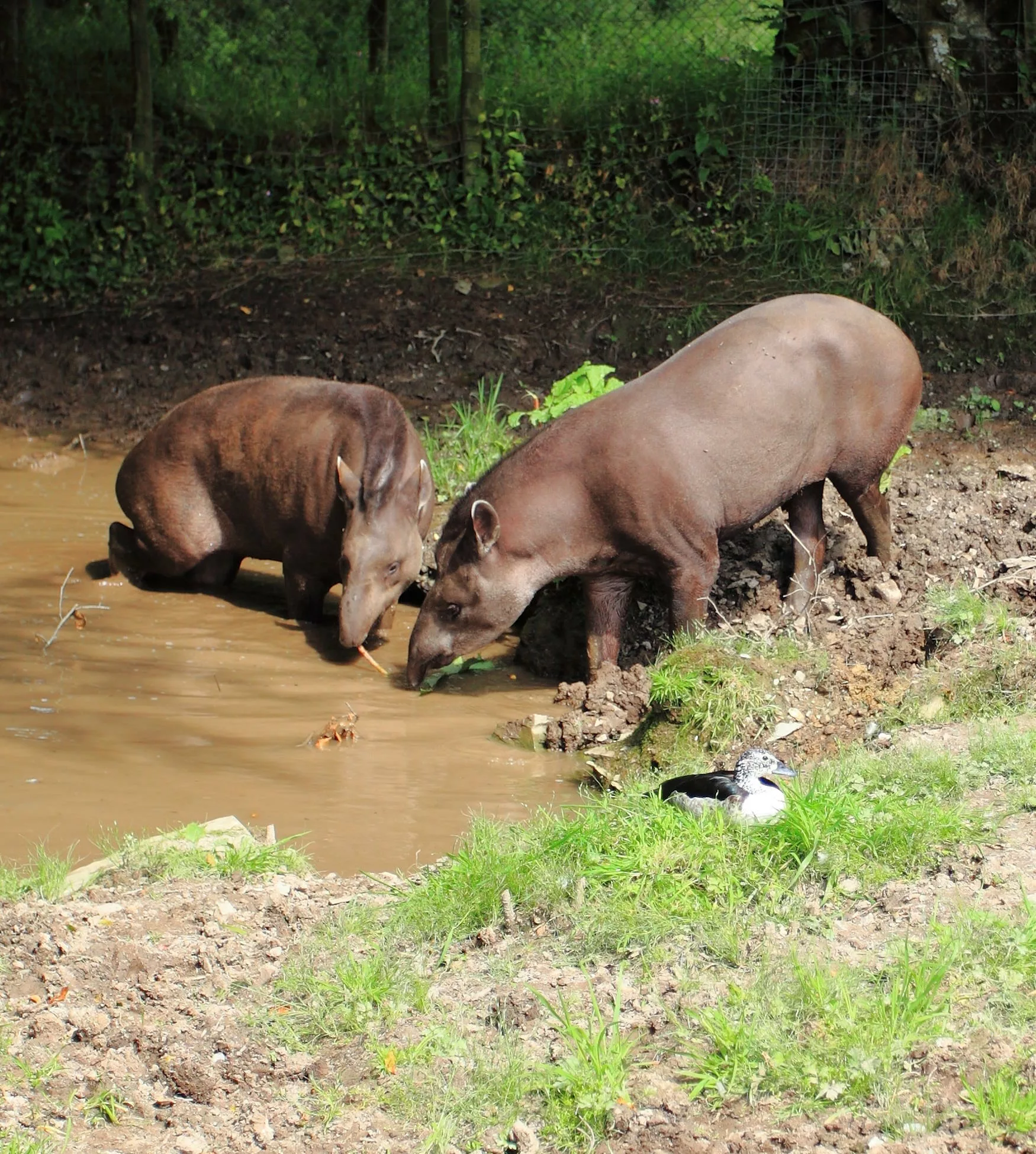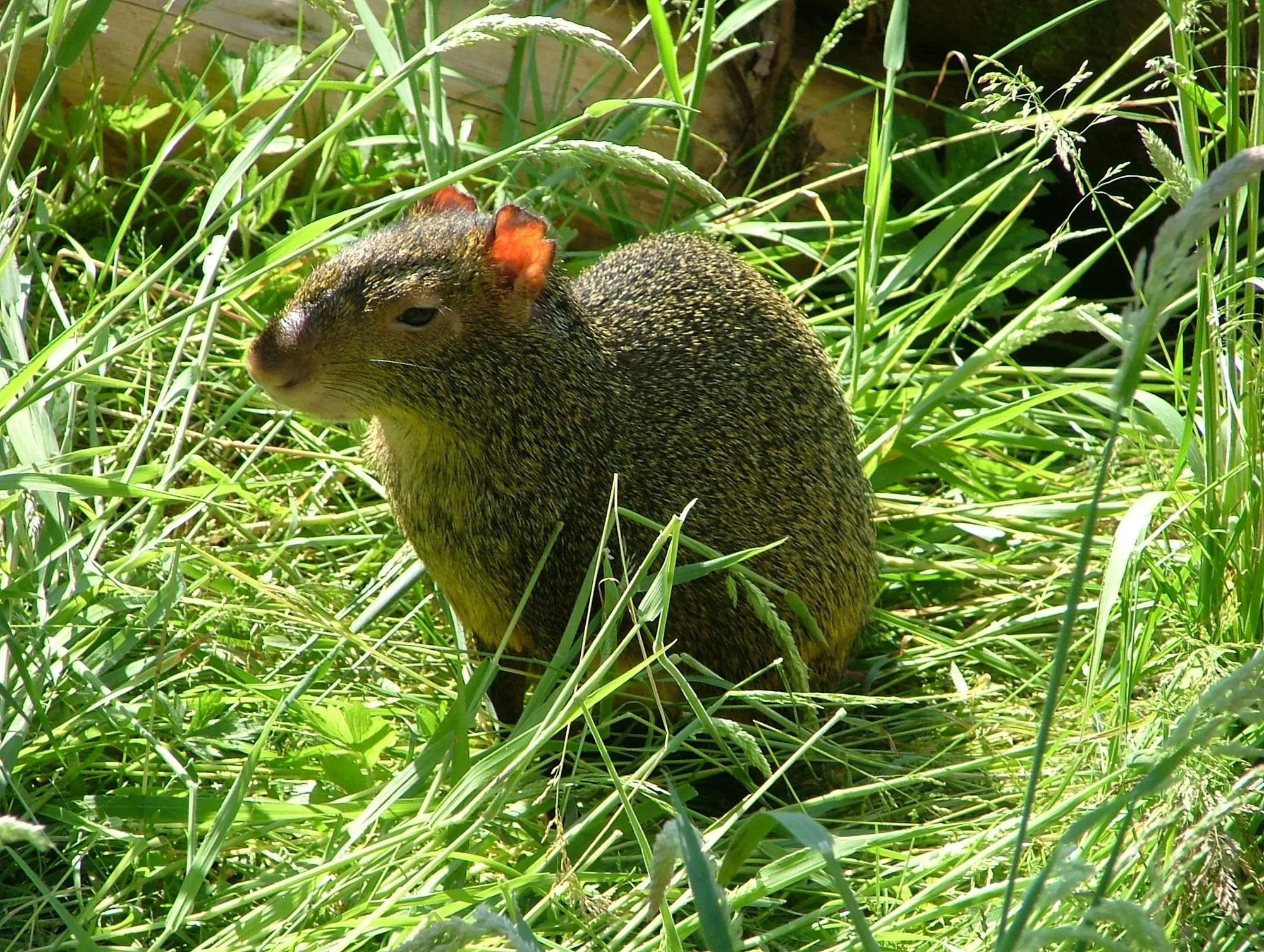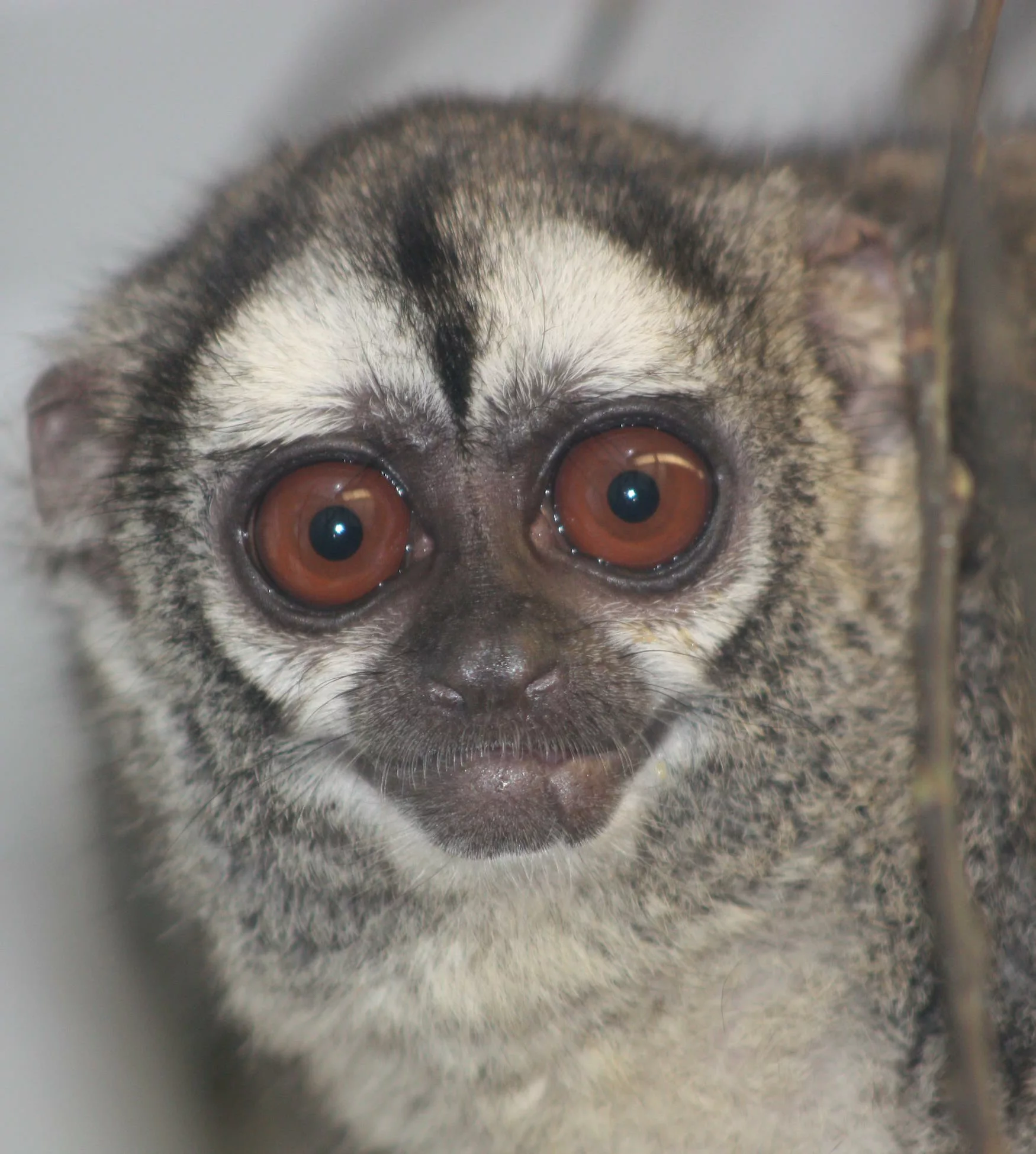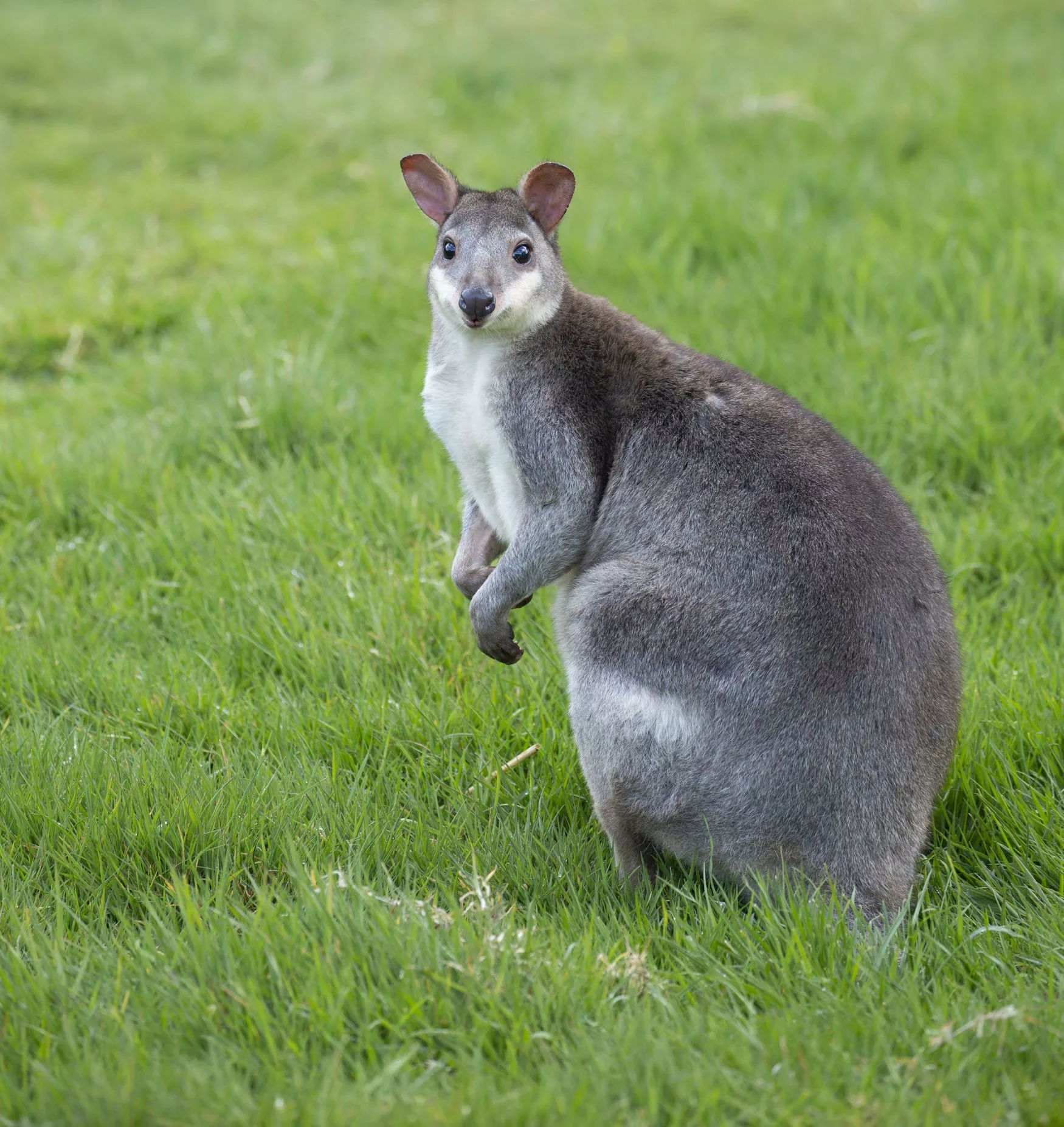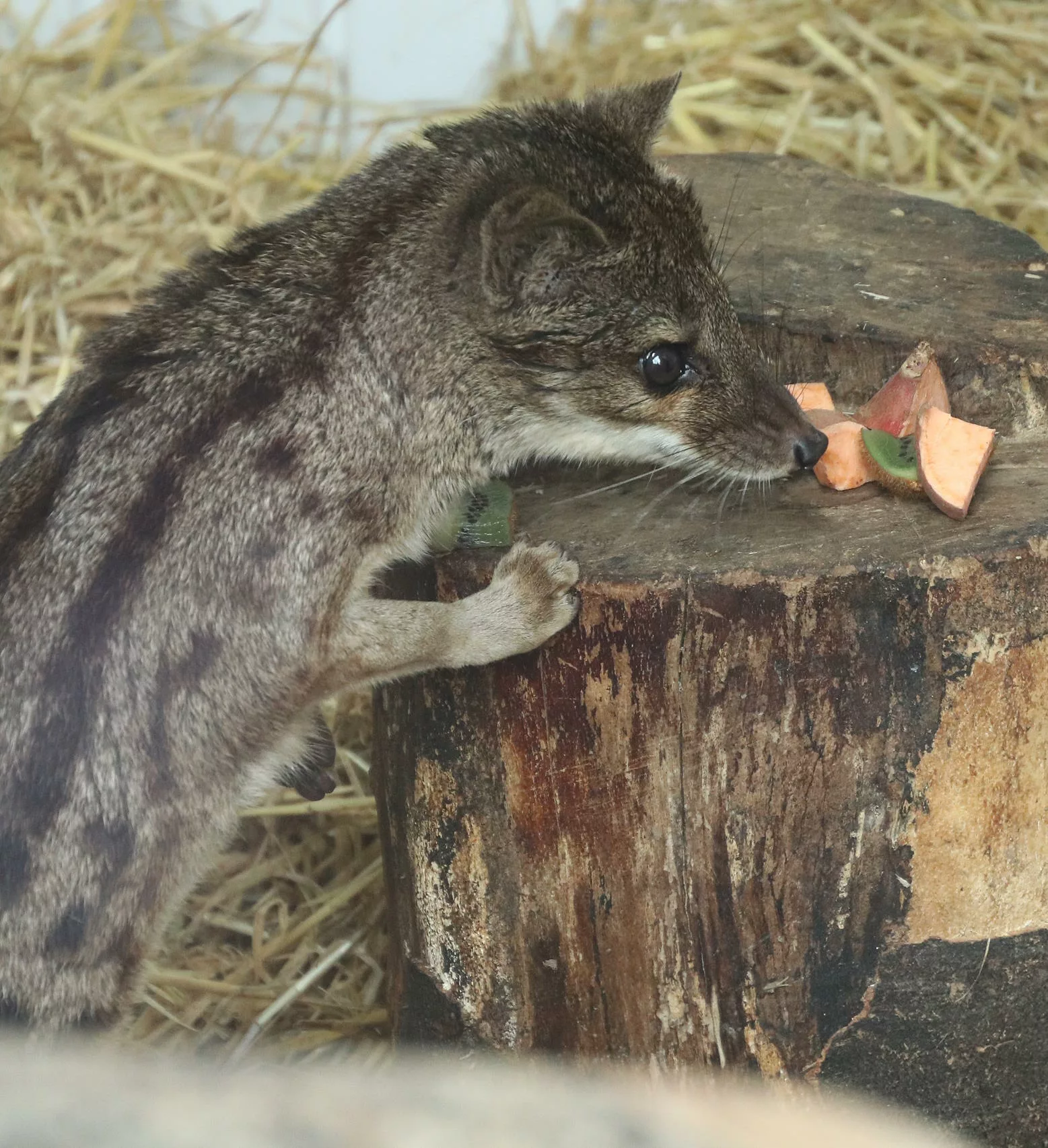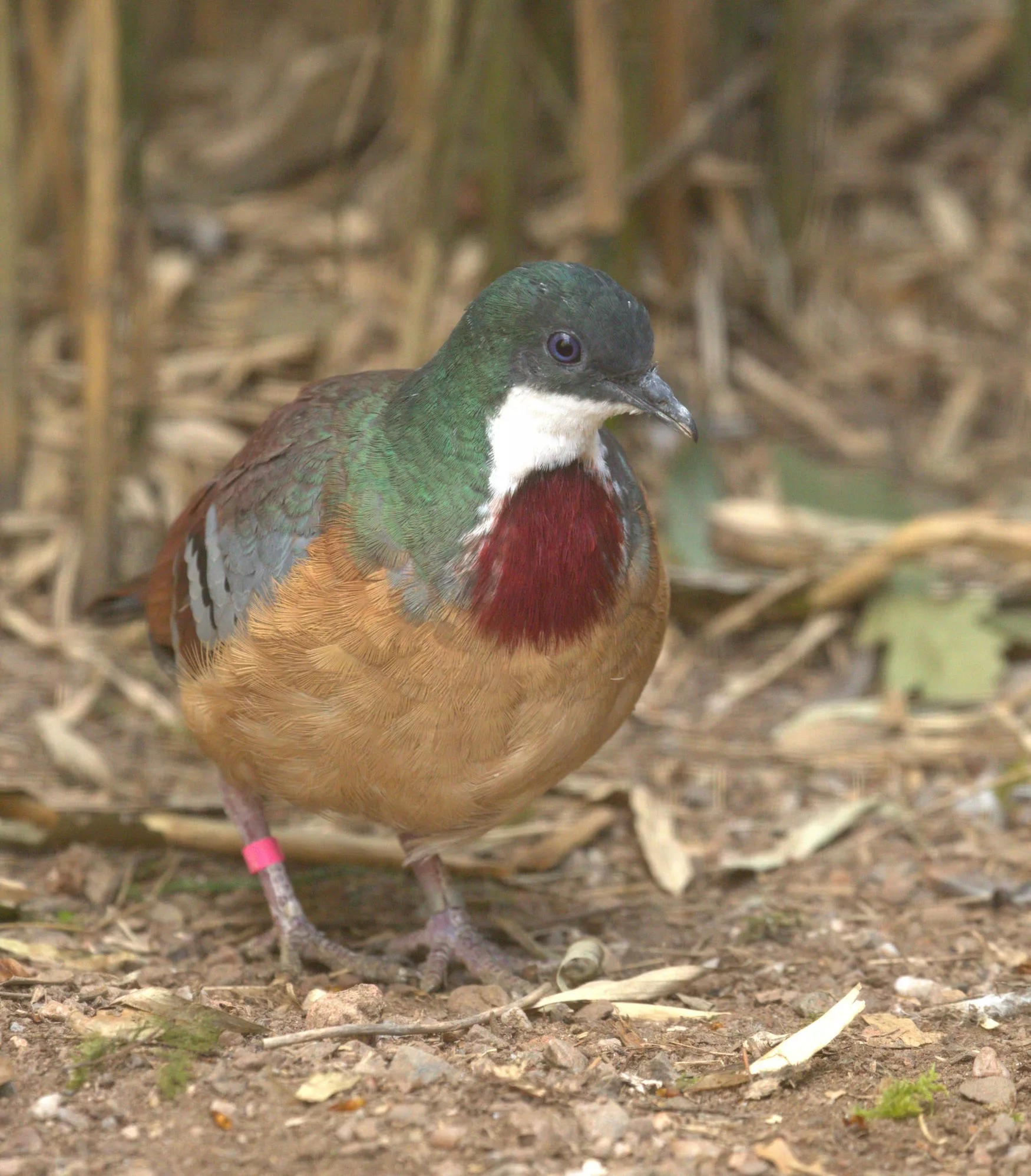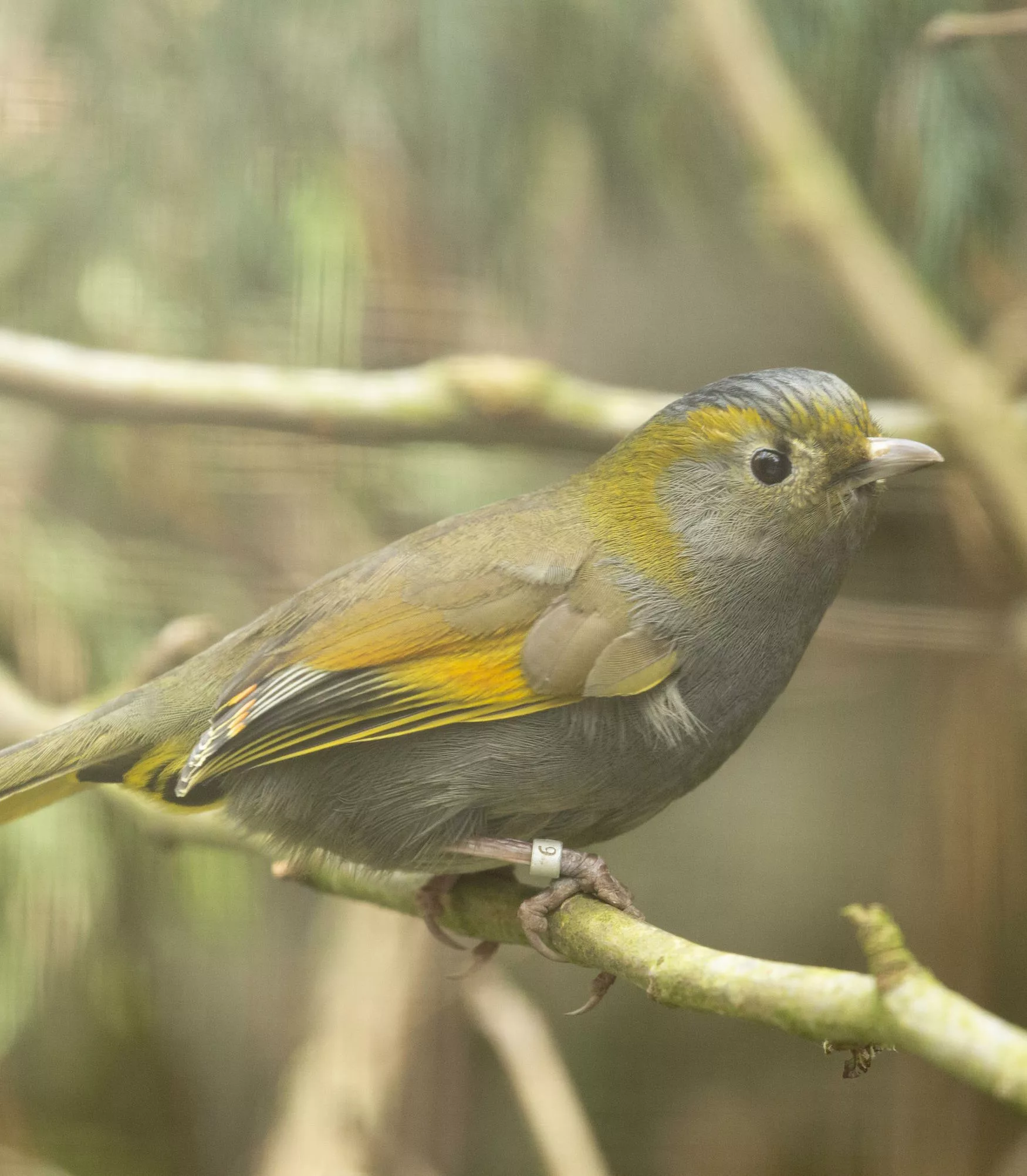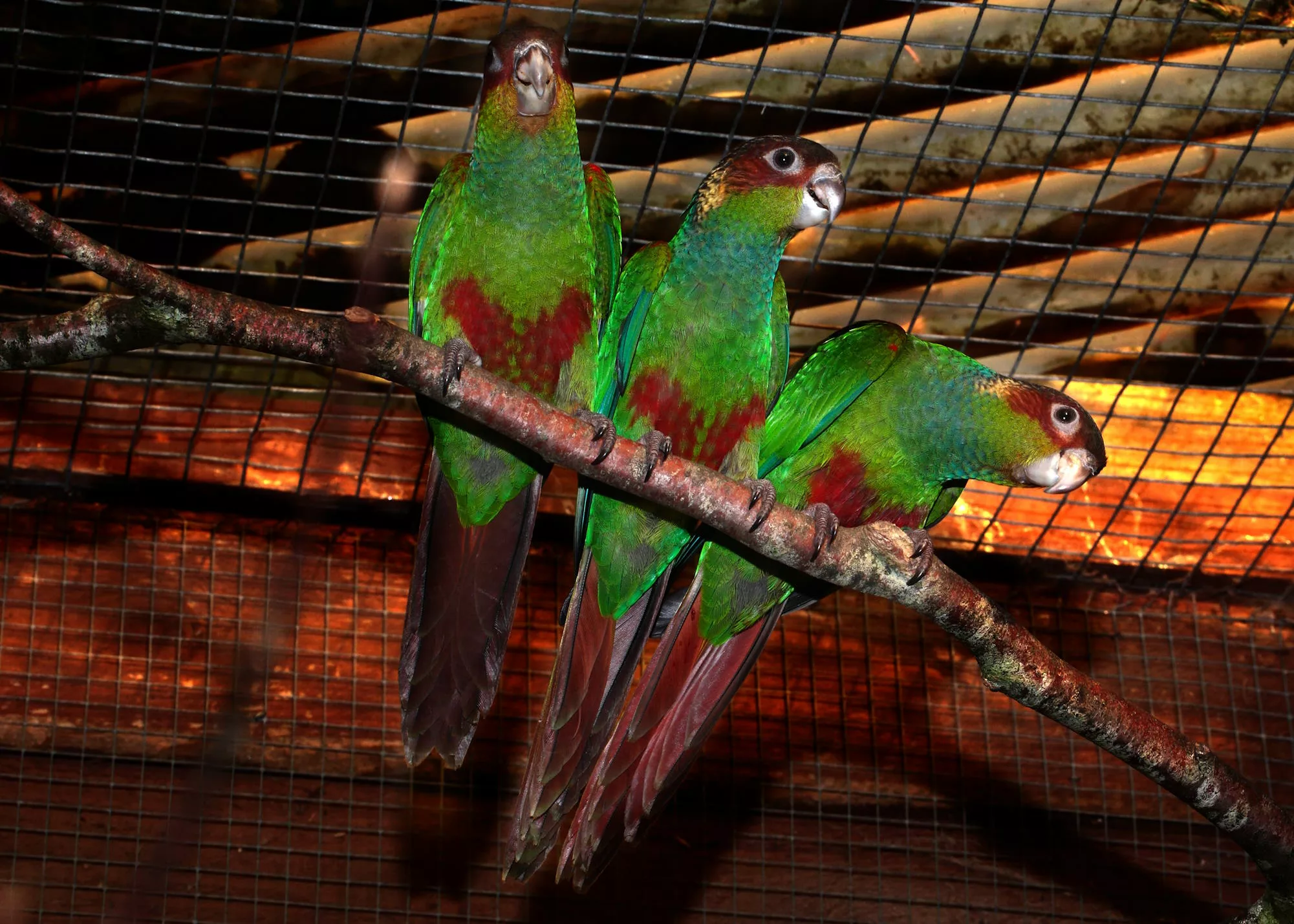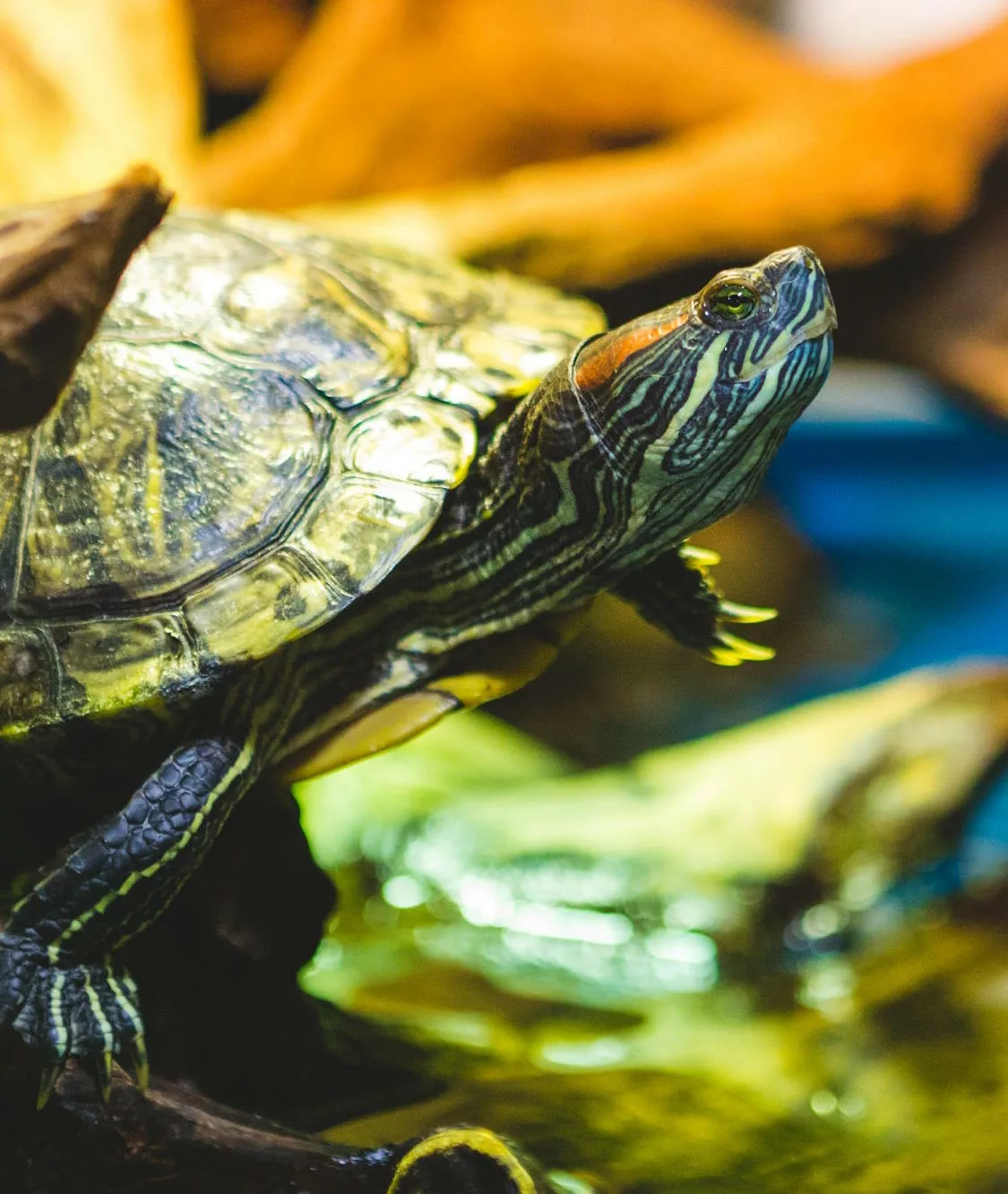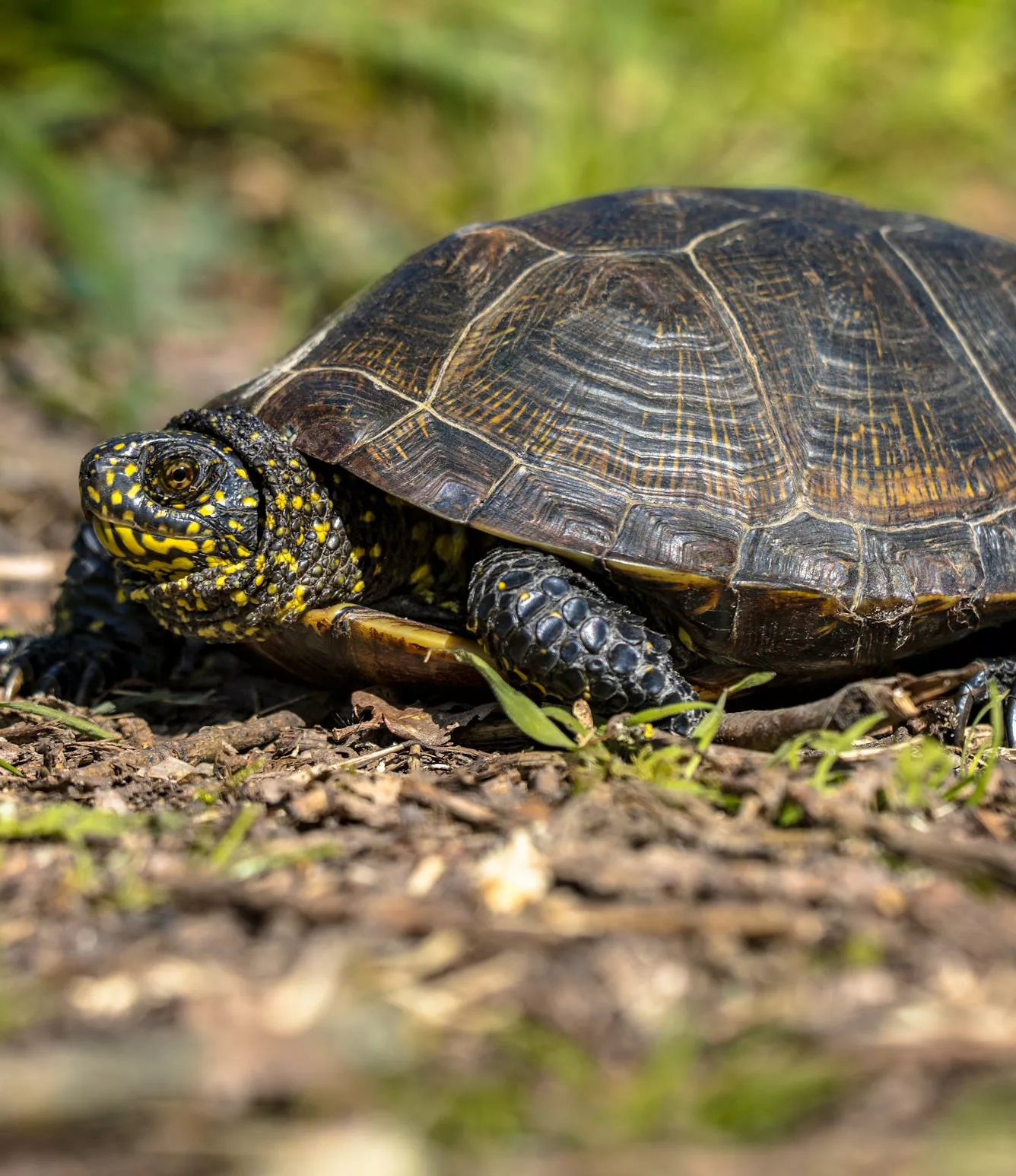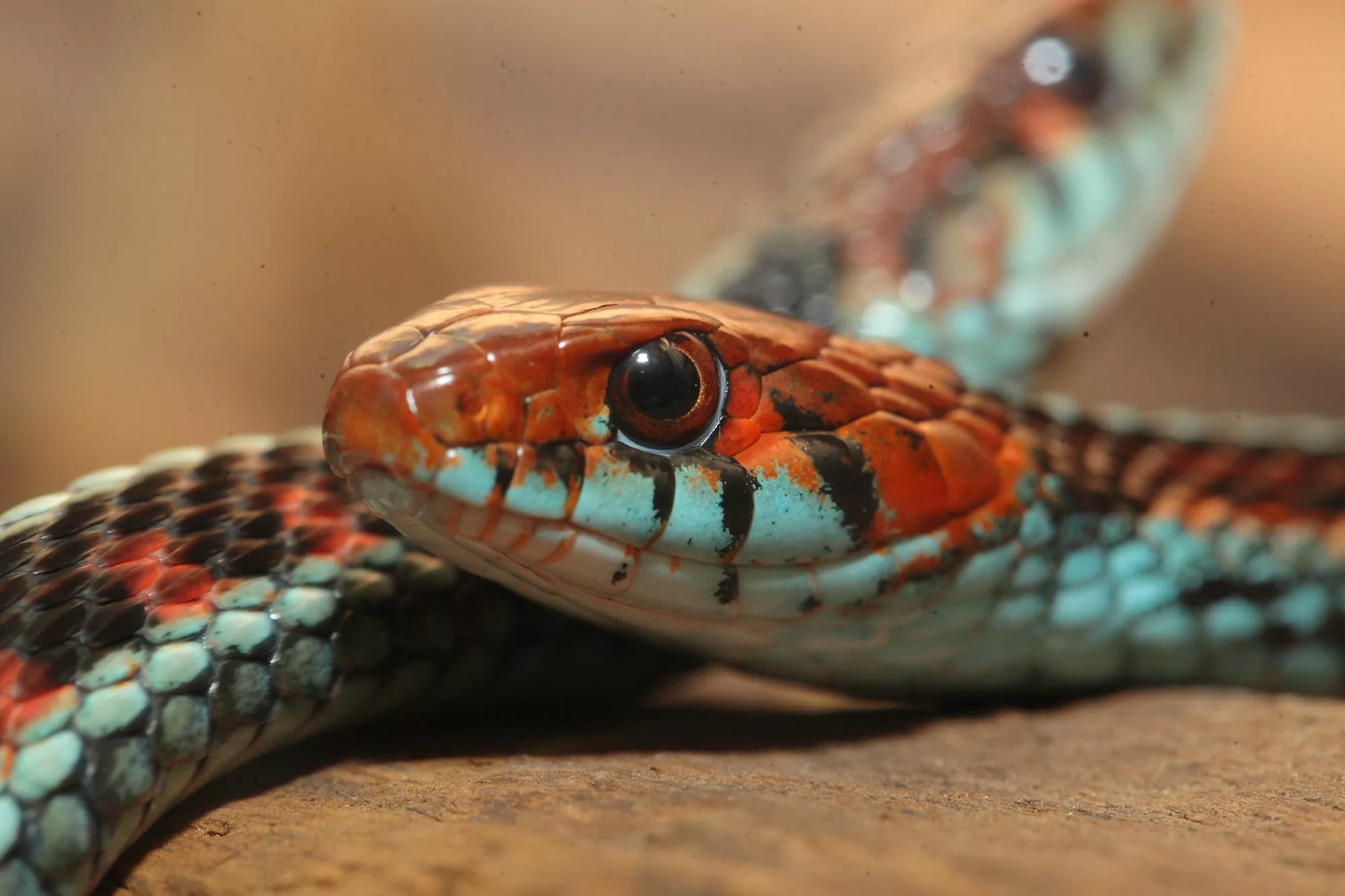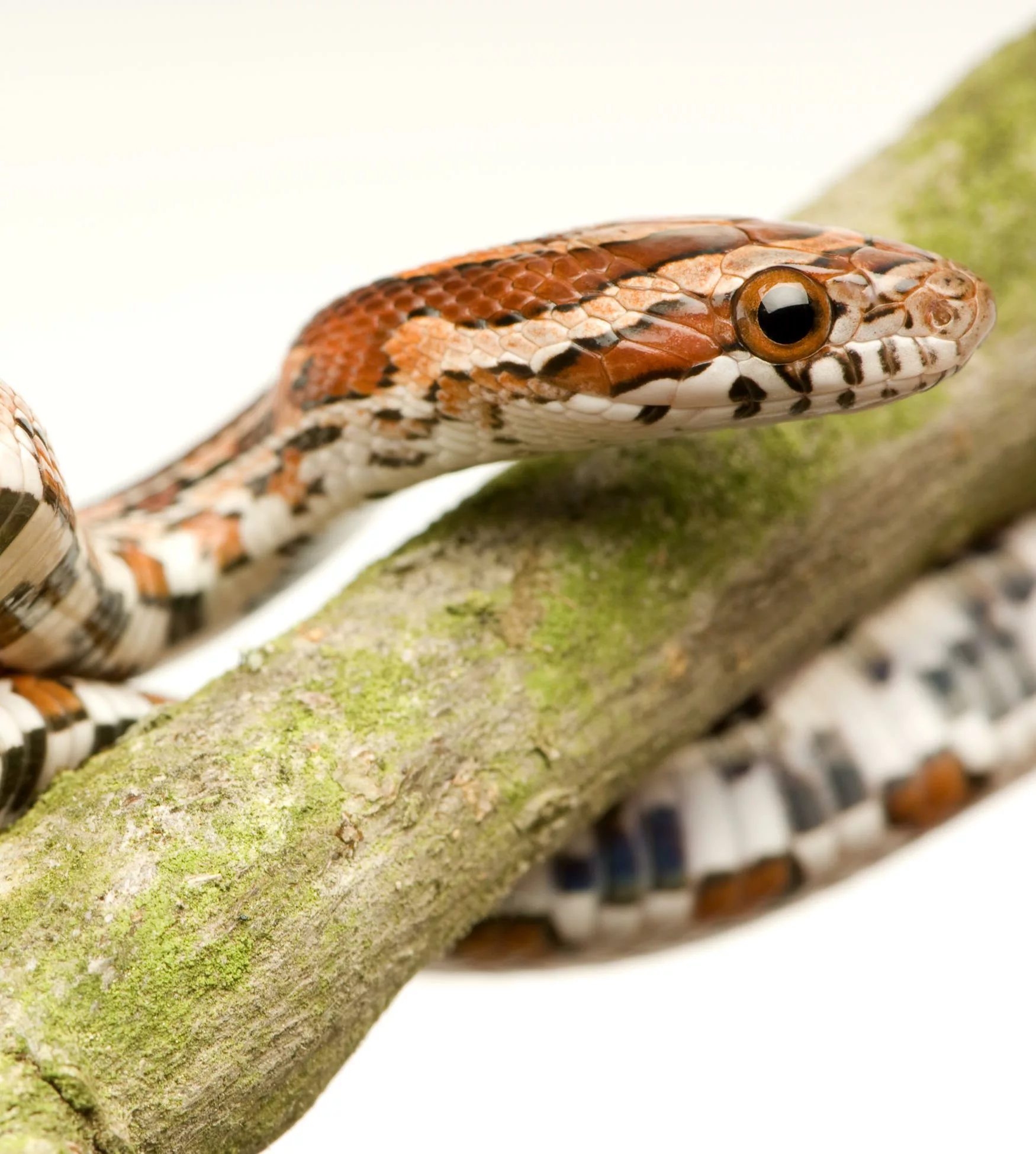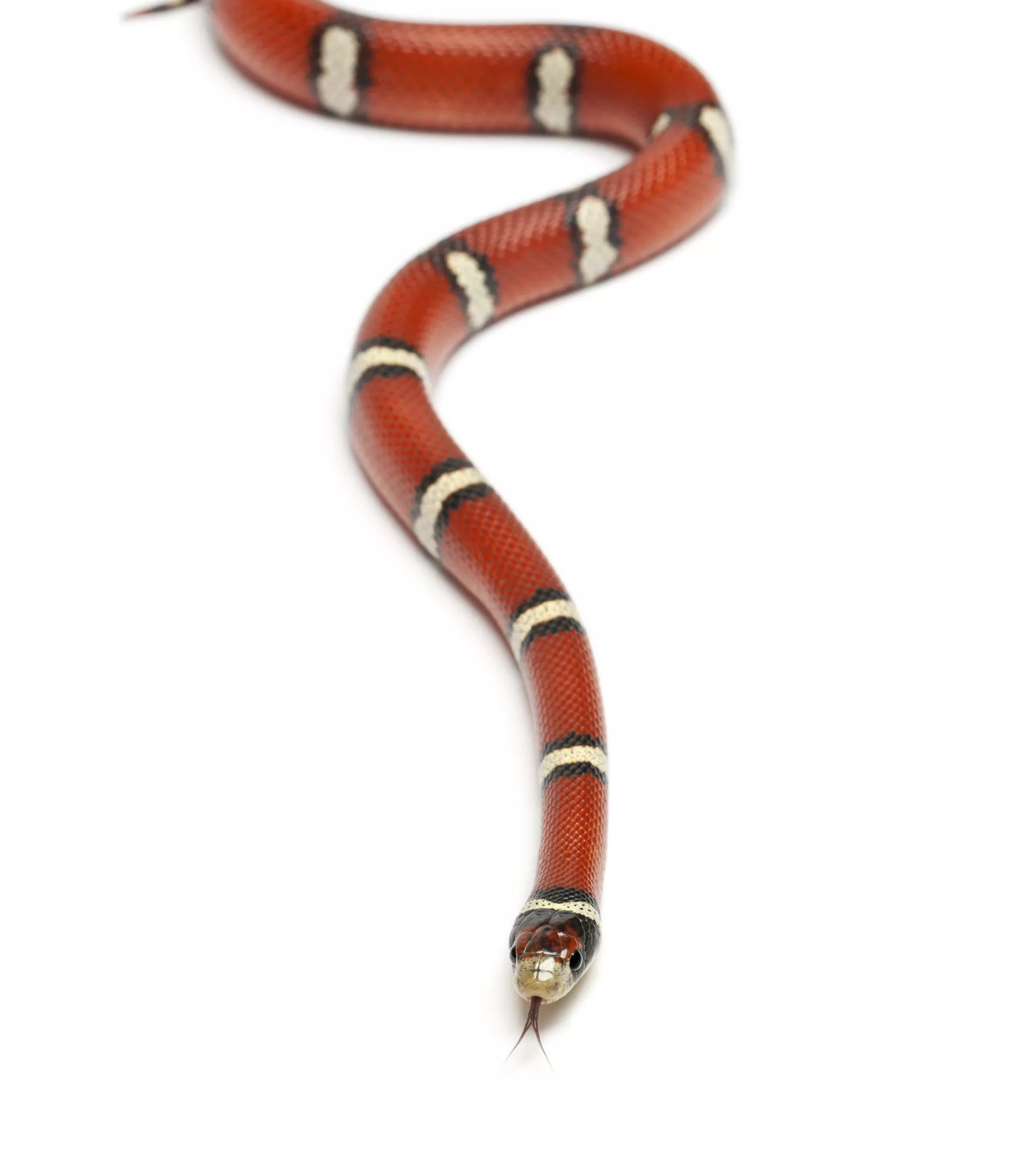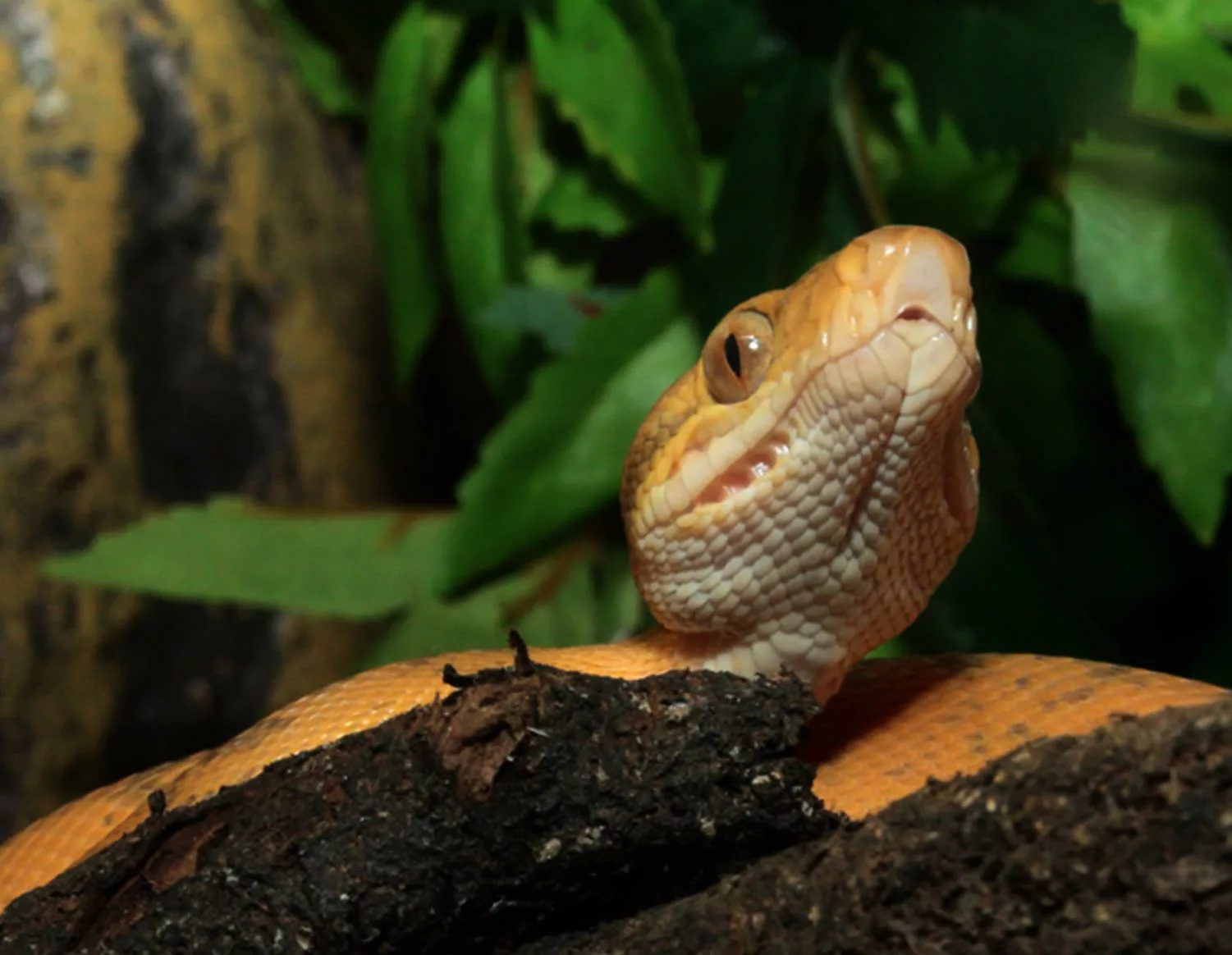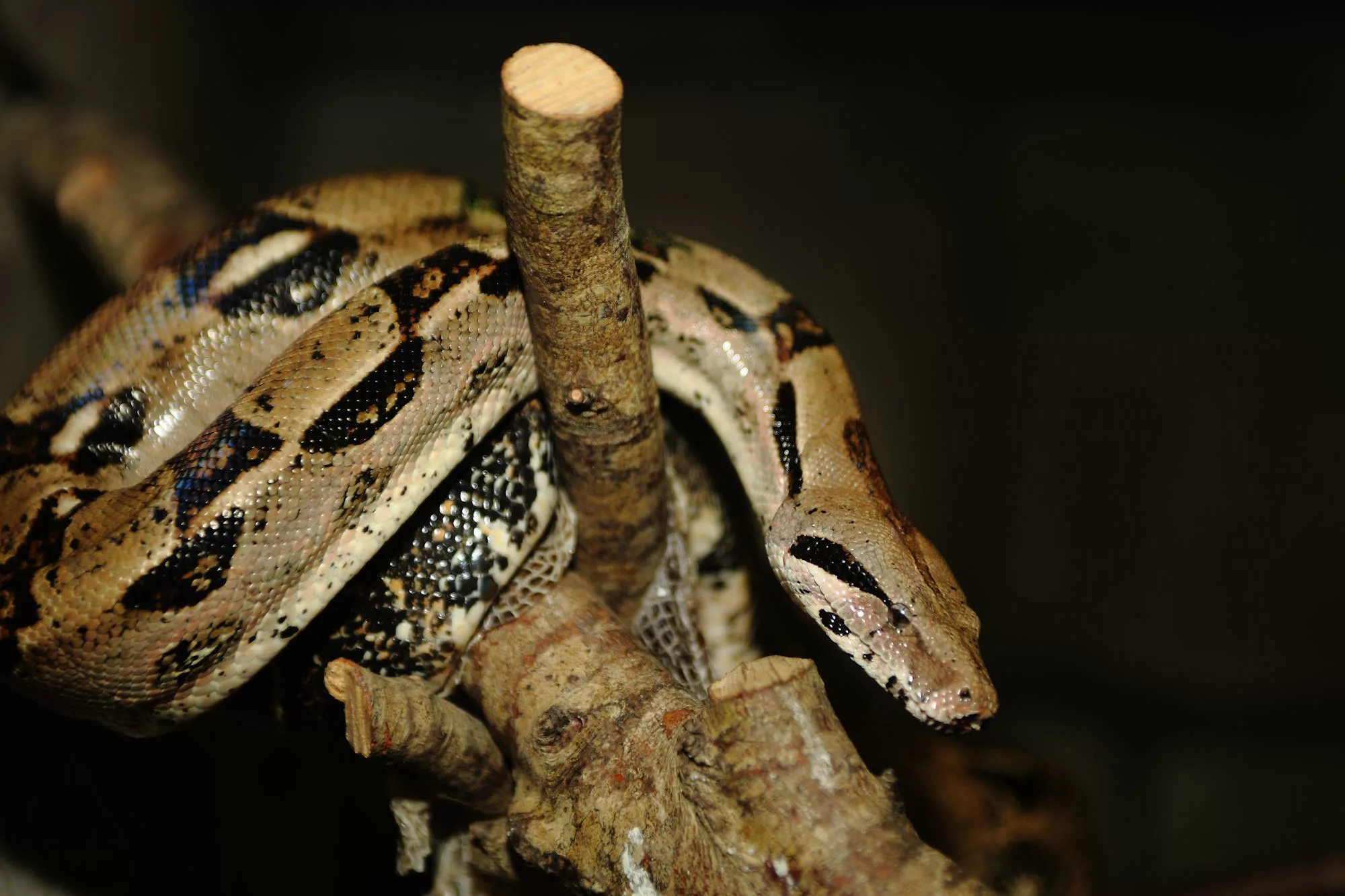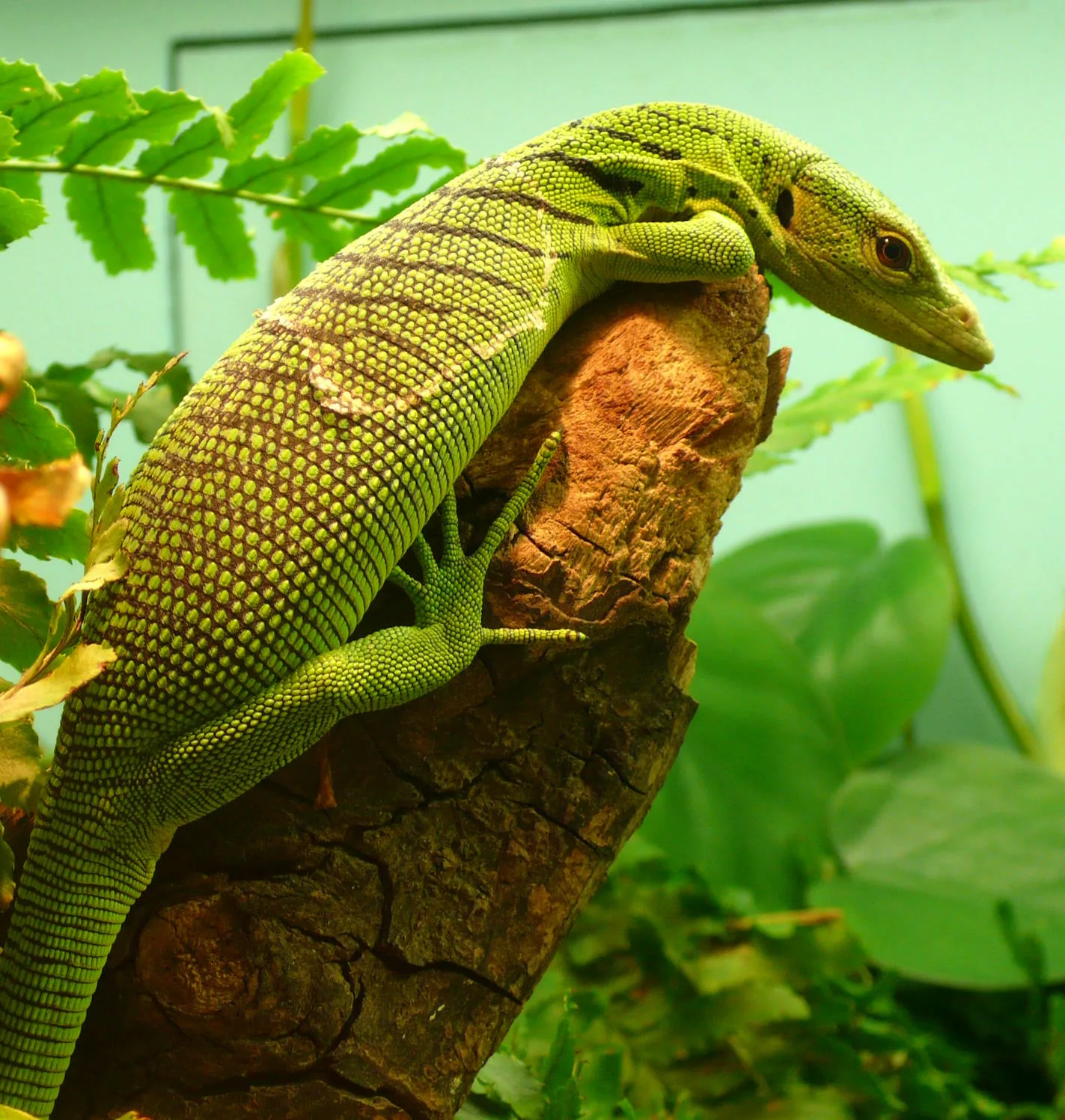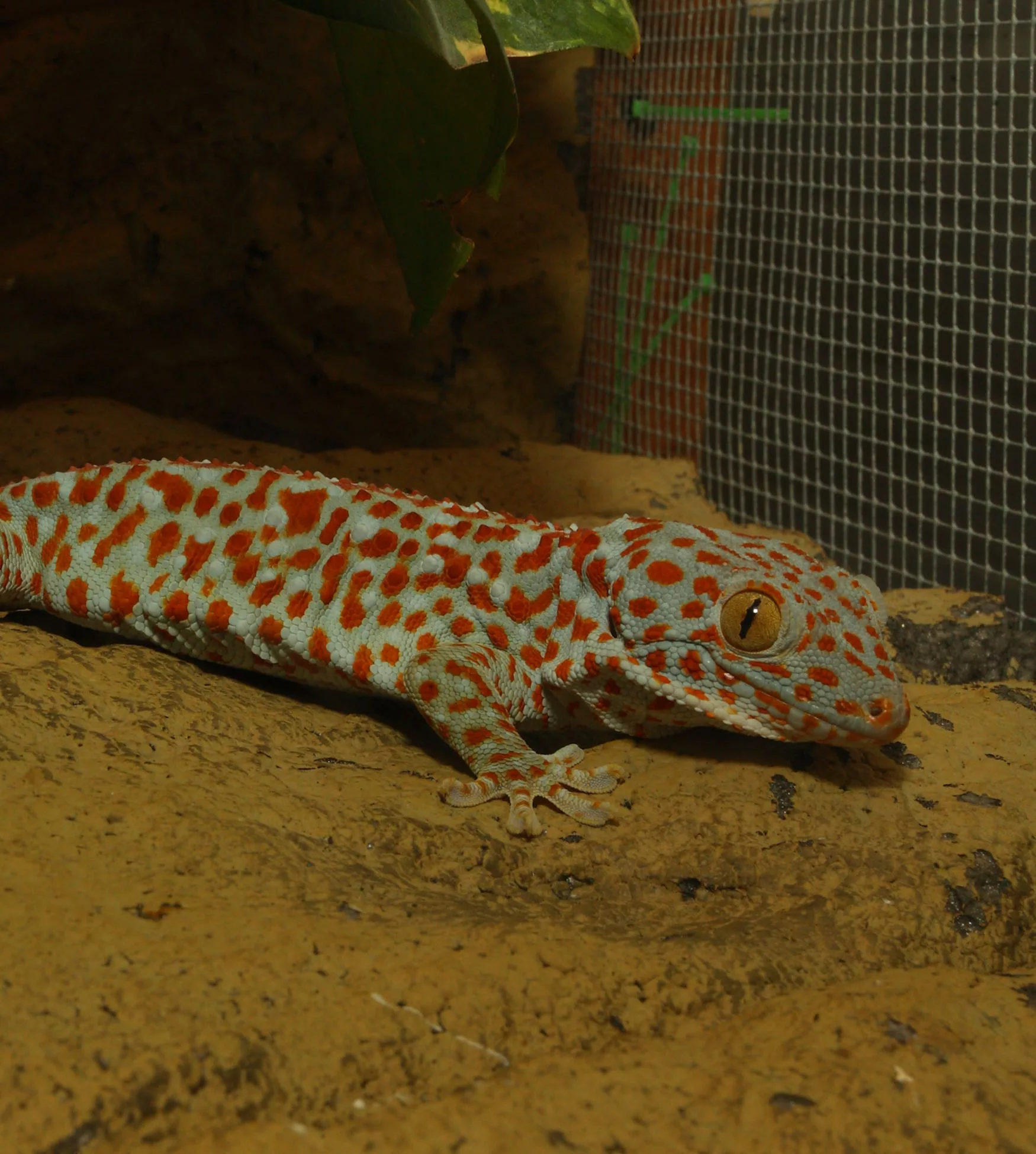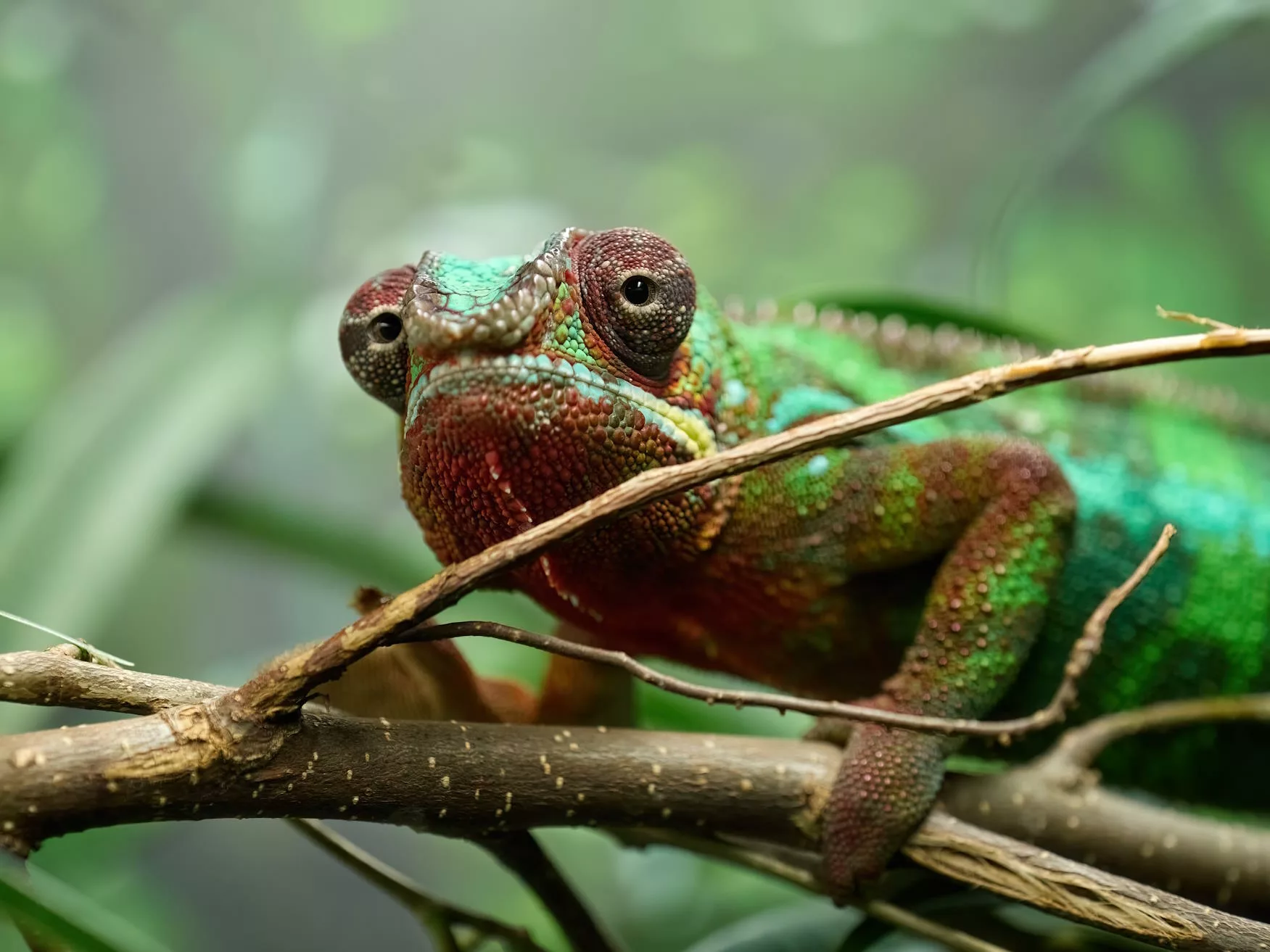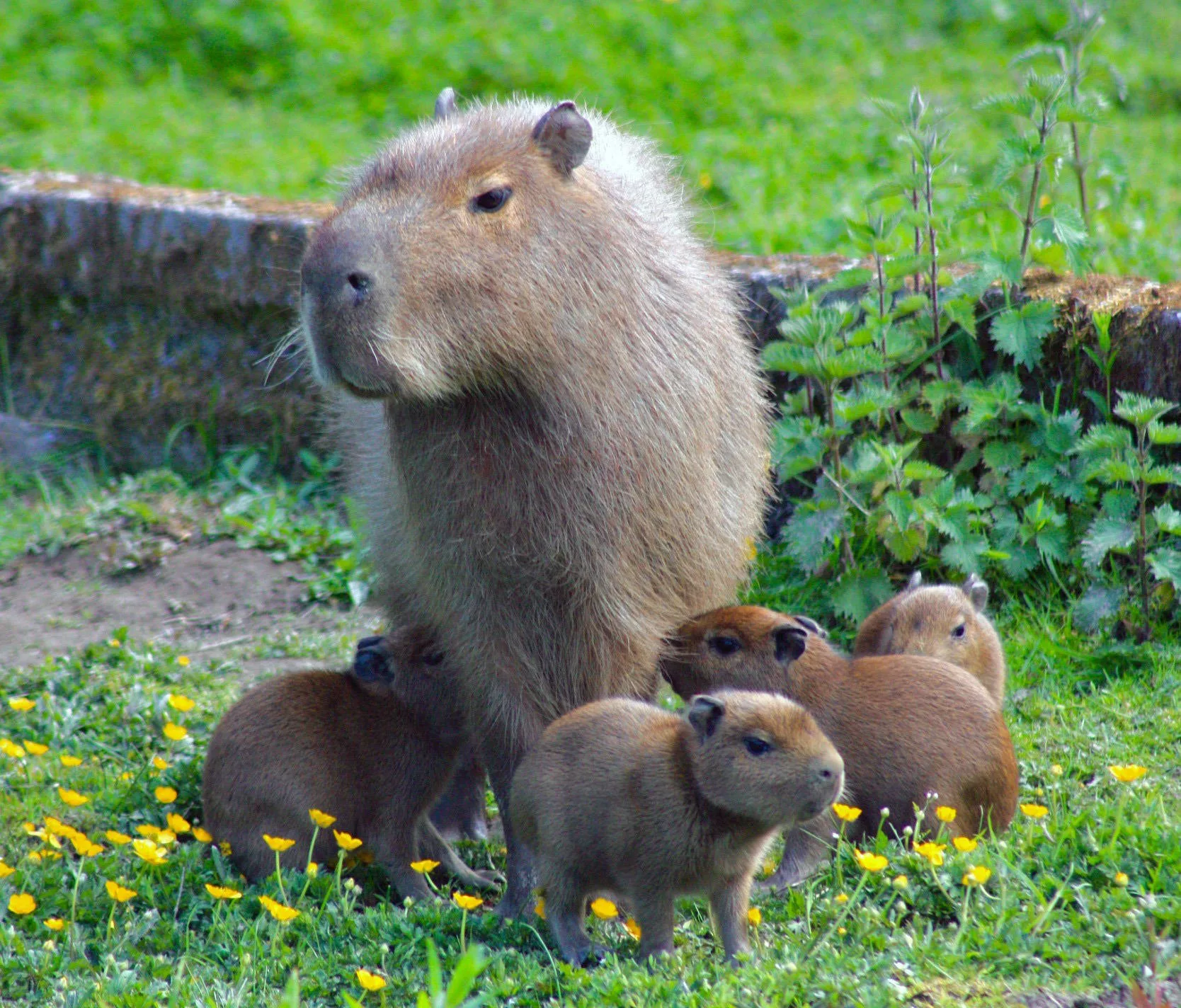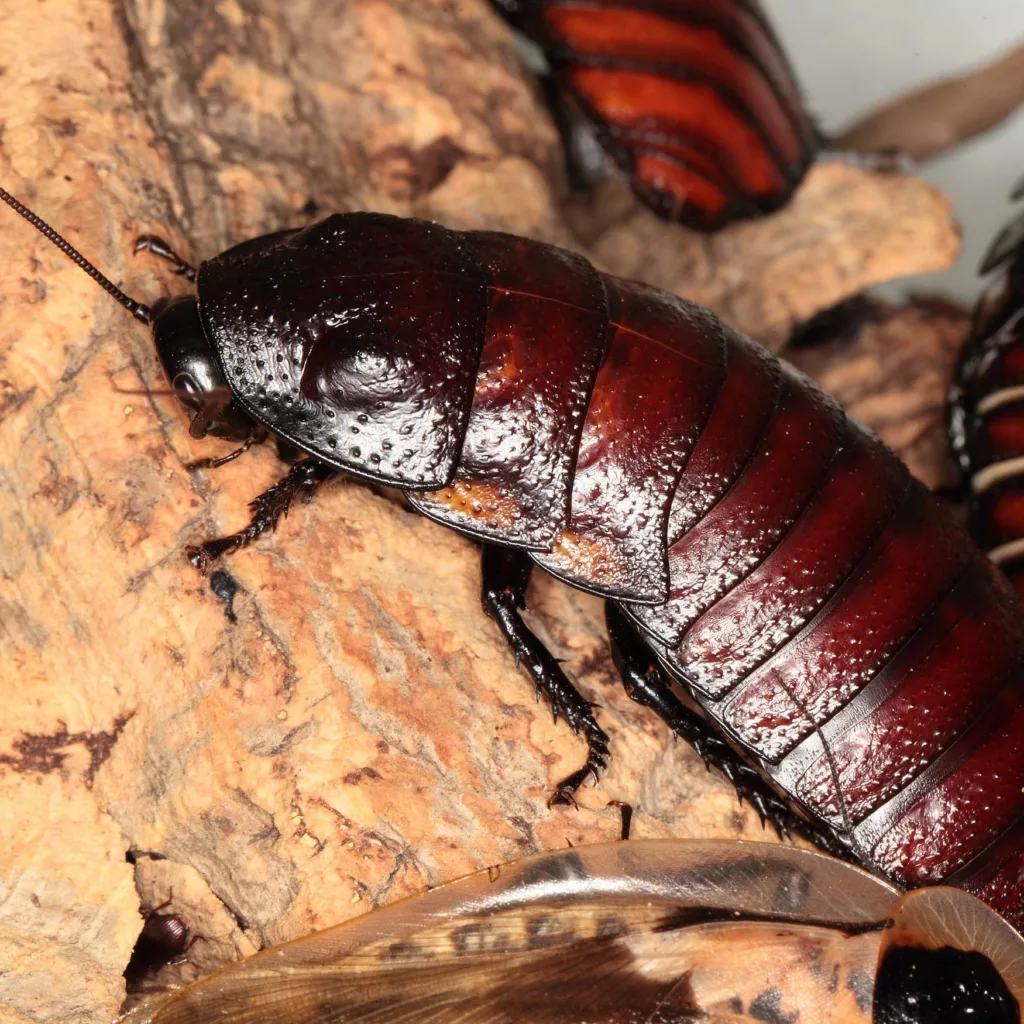
Madagascar hissing cockroach
Scientific name: Gromphadorhina portentosa
IUCN listed as: Not Evaluated
Learn before you visit!
Here are some facts about the species – Discover what they eat, find out about their natural habitat, see what they like to do, and more… Set the reading style to suit you too, everyday speak or something aimed towards children.
Child-friendly
Everyday
Diet
Madagascar hissing cockroaches are primarily decomposers. In their natural habitat, they feed on decaying plant material, fallen fruits, and other organic matter. They play a crucial role in breaking down dead plant material, recycling nutrients back into the ecosystem. In captivity, their diet is supplemented with fruits, vegetables, and specially formulated insect food to ensure they receive all necessary nutrients. Their feeding habits make them vital for maintaining the health of their forest floor environment.
Madagascar hissing cockroaches eat dead plants and fruits. They help clean up the forest by breaking down old leaves and fruits, turning them into soil nutrients. At the zoo, they also eat fruits and special insect food. Their job is important because they help keep the forest floor healthy.
Breeding
Madagascar hissing cockroaches have a unique reproductive process. Females give birth to live young, unlike many other insects that lay eggs. The female carries the eggs in a brood sac inside her body until they hatch, releasing live nymphs. These nymphs resemble miniature adults and undergo several molts before reaching maturity. The breeding cycle can be influenced by environmental conditions, such as temperature and humidity.
These cockroaches have babies in a special way. The mother keeps the eggs inside her until the babies hatch, and then tiny cockroaches come out. These babies look like small versions of their parents and grow bigger by shedding their skin. The weather can affect how fast they have babies.
Habitat
Madagascar hissing cockroaches are native to the island of Madagascar. They primarily inhabit the forest floor of tropical forests, where they find ample decaying plant material to feed on. These forests provide the ideal humid and warm environment they need to thrive. Deforestation and habitat destruction pose threats to their natural habitat, although they are currently not considered endangered. Conservation efforts in Madagascar aim to protect these critical environments.
These cockroaches live in the forests of Madagascar. They like warm and humid places with lots of dead plants to eat. Sadly, their homes are being cut down, but they are not in danger yet. People are working to save their forests.
At the zoo
In zoos, Madagascar hissing cockroaches are often used for educational purposes. They help teach visitors about insect biology, decomposition, and the importance of biodiversity. Zoos provide a controlled environment that mimics their natural habitat, ensuring they thrive. Exhibits often feature interactive displays where visitors can observe their behaviour up close. Caretakers monitor their health and diet closely to maintain a healthy population.
In zoos, you can learn a lot about these cockroaches. They live in places that look like their natural home and are part of educational displays. You can see them up close and learn how they help nature. Zookeepers make sure they are healthy and have good food.
Behaviour
These cockroaches are known for their distinctive hissing sound, which they produce by forcing air through small openings called spiracles. This hissing serves multiple purposes, such as deterring predators, attracting mates, and establishing dominance among males. They are nocturnal, meaning they are most active at night. Despite their intimidating hiss, they are harmless to humans and play a beneficial role in their ecosystem by decomposing organic material. Their slow movements and docile nature make them fascinating to observe.
Madagascar hissing cockroaches make a hissing sound to scare off enemies and find mates. They are most active at night and move slowly. Even though they hiss, they are harmless to people and help the environment. Watching them is fun because of their unique sounds and behaviour.
Fun facts
- These cockroaches hiss like snakes to scare off enemies.
- Boy cockroaches have little horns to show who’s boss.
- They have babies that look like tiny adults, not eggs.
- They help keep the forest clean by eating dead plants.
- They can live for five years, which is a long time for a bug.
More animals to discover at our zoo
Quick Links
Tickets & Prices
You can buy tickets for Exmoor Zoo securely online, as well as finding out more price options, discover offers, and more…
What’s on…
Exmoor Zoo hosts incredible Events all through the year. You can find out about what we’ve got in store here…
Routes & info
Like any great discovery, Exmoor Zoo can feel a little off the beaten path – but don’t worry – you can plan your journey with our recommended routes and other useful travel info.

